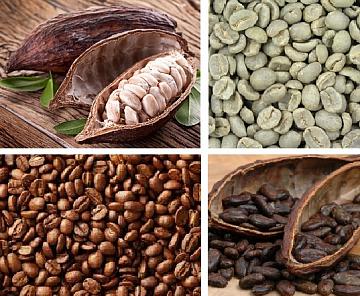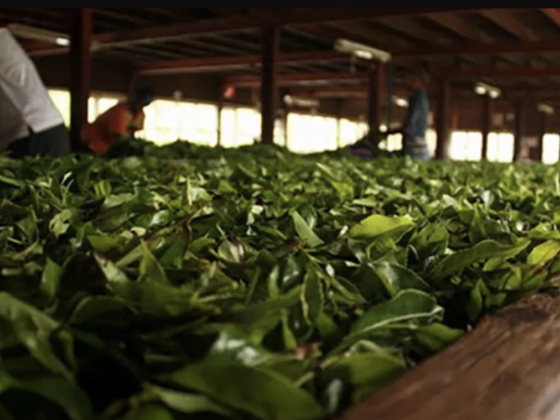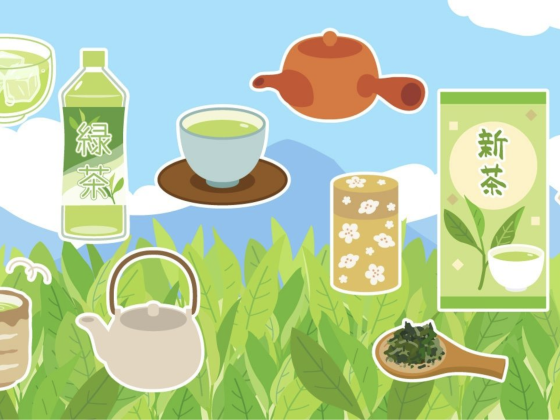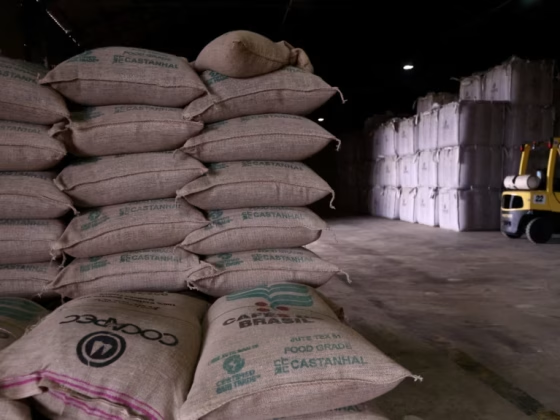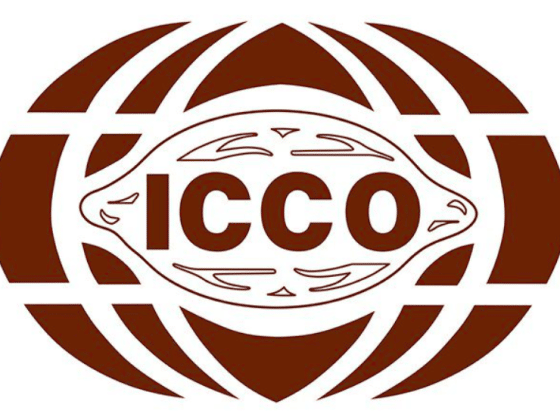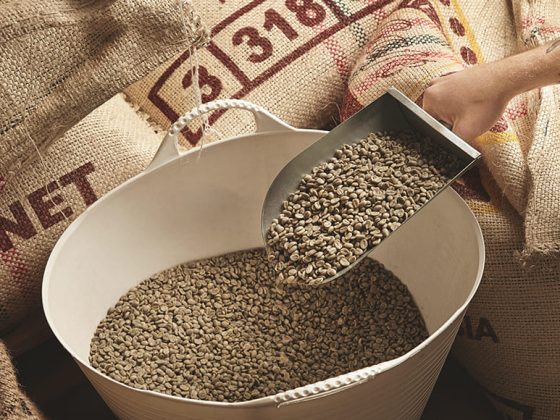The Central American coffee market has been nearly paralyzed by fears of its worst-ever outbreak of leaf rust, as well as a collapse in futures prices, which have combined to create a standoff between big roasters and small farmers.
As a result, some buyers are looking to Brazil, East Africa, China and Vietnam for beans from the 2013/2014 crop, while Central American farmers are reluctant to sell, hoping for a bounce in prices that have slumped to a four-year low.
«People are not buying, fearful that the coffee won’t be delivered, and the producers are not selling due to low prices,» said Eric Thormahlen, president of the National Chamber of Coffee Exporters in Costa Rica, a producer of arabica beans.
«Producers are waiting for a price miracle and they are also waiting to see how big the harvest for next year will be to start selling.»
Some coffee buyers are reluctant to risk broken deals if the disease, known as «roya,» cuts deep into the upcoming crop from Central America.
While it is clear that Central America’s high-quality arabica crop will likely suffer, the extent of the damage will not become apparent until August or September. That is when coffee cherries will appear, enabling more accurate production estimates, and is also when the bulk of the roasters are expected to start signing contracts.
Coffee leaf rust appears as powdery orange spores on the underside of infected leaves, eventually turning them black and causing them to fall off, either killing or significantly weakening the tree, reducing yields and affecting bean quality.
«No one is really selling the new (Central American) crop because we don’t know what the impact of the roya fungus is going to be,» said Ray Keane, president of mid-sized green coffee importer Balzac Bros., in South Carolina.
«Producers don’t want to sell it, exporters don’t want to sell it, importers don’t want to risk it. But there is pretty good Brazil business being done.»
It remains to be seen whether the increased interest in Brazilian coffee due to the uncertainty over Central America’s upcoming crop will further boost the value of beans from the world’s top grower.
Central America produces around one-fifth of the world’s arabica coffee, and much of its high-quality beans with unique taste profiles is grown at high altitudes.
The current 2012/13 (October/September) Central American crop was reduced by around 15 percent, to 17.3 million 60-kg bags due to roya, with 2013/14 production expected to be hit even harder by the fungus, the International Coffee Organization said in its June report.
In May, the ICO reported the leaf rust outbreak in Central America was the worst since it first appeared in the region in 1976. Coffee crops in Mexico and Peru were also hit by the disease in the 2012/2013 crop year.
The benchmark arabica coffee price on ICE Futures U.S. dropped about 60 percent to a four-year low below $1.20 per lb at the end of June, from a 34-year high more than two years ago as Brazil harvests another huge crop.
«I don’t think anyone in Central America’s panicked for selling coffee today because the general view is there won’t be enough,» said one U.S. importer.
Premiums for the Brazil’s finer beans COFSAN-23-NYC on the physical market are currently at 1.5 cents per lb over ICE Futures U.S. benchmark prices after trebling in value in the six weeks to the end of June.
In Nicaragua, premiums for high-quality arabica COF-NIC-NYC on the physical market are at 15-month highs, almost double end-January levels, as supplies have fallen toward the end of the marketing season.
LOOKING ELSEWHERE
The leaf rust situation has caused John Gozbekian, a buyer for Coffee Reserve Brands in Phoenix, Arizona, to order some beans from Vietnam for the first time, and he has his eye on China as another option, which would be another first for him.
«It’s the roya that has spurred my keeping options open for other origins,» Gozbekian said.
Others are looking toward East Africa for high-quality arabicas. The ICO forecasts production in Ethiopia to have jumped by 19 percent to 8.1 million bags in 2012/13, and in Tanzania by a whopping 90 percent to 1 million bags.
«I’m looking for back-up origins in case quality is affected,» said Michael Boyd, buyer for Boyd Coffee Company in Portland, Oregon. He said East Africa is a good alternative.
But the biggest beneficiary appears to be Brazil, which is currently harvesting its 2013/14 crop (July/June).
«Those who are roasting low-grown washed arabica coffees, to a degree, are bypassing Mexico and Central America for Brazil,» said one U.S. veteran coffee dealer.
While medium- to large-sized roasters often have flexibility to buy beans from different countries for their blends, many high-end roasters offer distinct taste profiles and single-origin brews.
Many high-quality roasters are firming up producer relationships with extra visits to Central American farms.
«If I don’t go back to meet with the group of farmers I bought coffee from, someone else will,» said Andrew Miller, owner of Cafe Imports based in Minneapolis.
Nestle Nespresso operates farmer training programs in Central America that do not obligate the producers to sell to it but has helped build relationships with farmers.
Guillaume Le Cunff, Nespresso’s international marketing and strategy director, expects those efforts to pay off when yields drop and he needs to secure high-quality beans later this year.
«I wouldn’t say we don’t have any concern,» Le Cunff said. «We do all that we have to do and I think we have the tools to secure supplies.»
Source: reuters.com/article/2013/07/10/coffee-fungus-supply-idUSL2N0EV20S20130710


